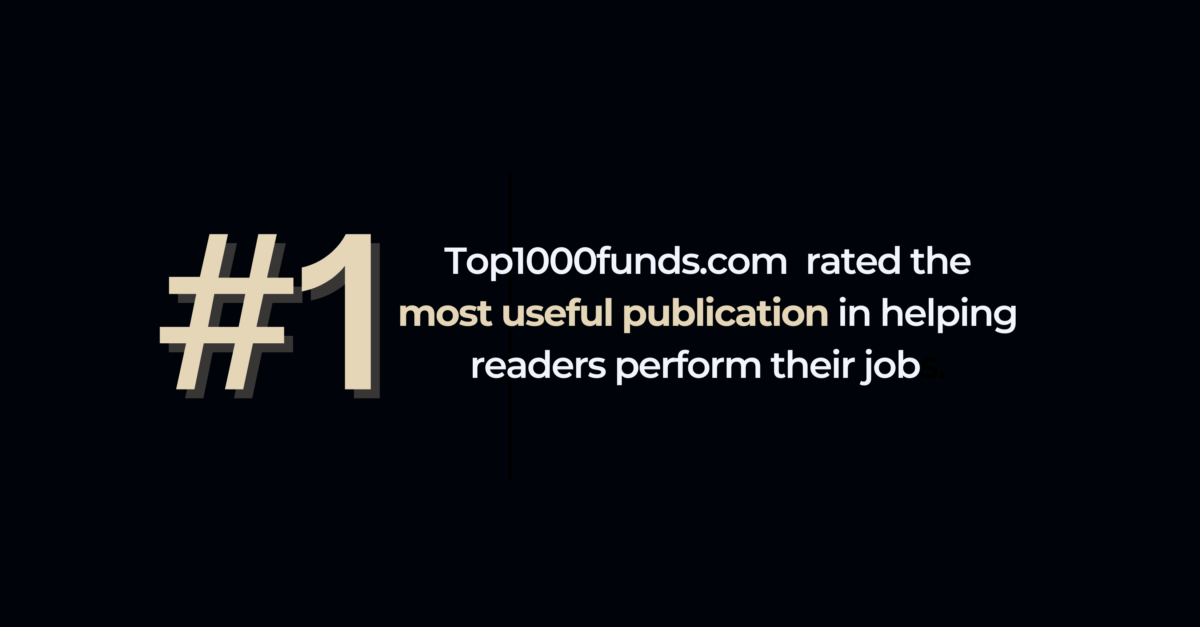Insuring against tail risk is too costly and a drag on long-term performance, with AQR Capital Management research revealing investors should instead make changes to their portfolio construction and risk management policies to better protect against unexpectedly large losses.
The research examines the case for direct tail risk insurance typically done through such strategies as purchasing put options, or structuring collars.
Like the insurance industry generally, the long-term cost of such insurance strategies is larger than the payouts, AQR finds.
AQR, which offers a range of strategies, favours combining five different approaches to most effectively and efficiently reduce tail risk.
These are:
- Diversify by risk, not just by asset
- Actively manage volatility
- Embrace uncorrelated alternatives
- Take advantage of low-beta equities
- Have a crisis plan before you need one
The research contrasts the performance of a typical 60/40 portfolio with a risk-diversified portfolio during the “tech bust” from April 2000 to March 2003 and the “financial crunch” from July 2007 to March 2009.
The 60/40 portfolio lost 17.6 per cent in the tech bust and 26 per cent in the financial crunch, while an equal risk allocation portfolio added 27.3 per cent in returns and lost 0.9 per cent over the same time periods.
Even if a fund cannot move to a completely risk-balanced portfolio, reducing the concentration of risk in equities may reduce the overall portfolio’s tail risk, the research finds.
Looking at three-month S&P 500 volatility figures between January 1970 and March 2011, AQR also showed that while equity volatility averaged 16 per cent over this time period, it had several extreme periods.
The three-month realised volatility ranged from 7 per cent to as high as 60 per cent.
“Investors who maintain a static capital allocation when equities become more volatile are increasing their risk exposure to an asset with the same or lower risk-adjusted return – an inferior policy,” the authors of the research paper say.
“Our research suggests portfolios that maintain steady risk (or even reduce risk) when forecast volatility is high may earn higher risk-adjusted returns.”
By embracing low-correlated alternatives, the AQR research advocates alternative strategies such as global macro, equity market neutral, statistical arbitrage and other relative-value strategies.
The research also look at managed futures, which have exhibited a low overall correlation to equity markets and a negative correlation in bear markets.
But the paper notes that managed future strategies do not typically perform well when markets are range-bound with no price trends or markets where there are extreme, sharp reversal trends.
While the paper acknowledges that many of these alternative strategies require skill to identify crises in advance and position portfolios correctly, with downside risk considerable if forecasts are faulty, diversification of strategies and managers can mitigate tail risks.
The research also takes a long-term historical look at the effect of equity beta on the overall performance of a portfolio.
It examined the annualised returns and volatility from 1927 to 2009 of ten portfolios sorted by beta.
“High-beta stocks are more volatile, but contrary to conventional wisdom, there is not a direct relationship between beta and return,” the research found.
“This suggests that investors can reduce their exposure to equity risk without reducing their exposure to equity returns.”
The research also looked at the worst three-year performance of these 10 portfolios and found that the worst and fifth-percentile worst periods of the low-beta portfolios were meaningfully better than for the high-beta portfolios.
These findings were also not limited to US stocks, with figures from 19 other developed stock markets showing that low-beta stocks tend to outperform high-beta stocks on a risk-adjusted basis.
AQR also advocated blending a low-beta approach with a focus on quality stock selection to provide for better downside protection while still providing for exposure to equity premium.
Along with the risk of losses during unexpected crises, the AQR research also identified the behavioural risk that investors typically reduce risk too late when confronted by a tail-risk event, and delayed buying back into the market as the subsequent recovery gathered pace.
By having a crisis plan, investors looked to incrementally lower risk as the systematic plan was enacted after certain predetermined triggers were activated.
This more complex “drawdown control system” aims to reduce biases and limits emotional decision making in times of turmoil, the research says.
While having inherent opportunity costs if a plan is activated and markets subsequently recover, AQR posits that there is the long-term benefit in preventing potentially faulty decision making during times of crises.
To read Chasing Your Own Tail (Risk): five alternatives to the high cost of tail hedging click here.



